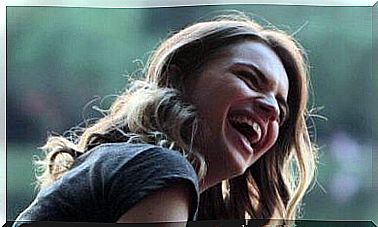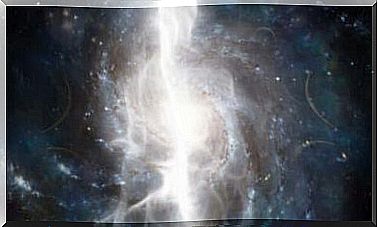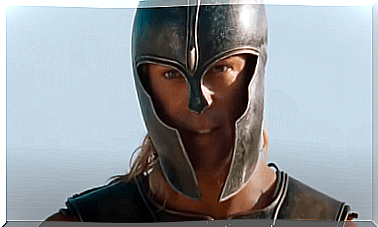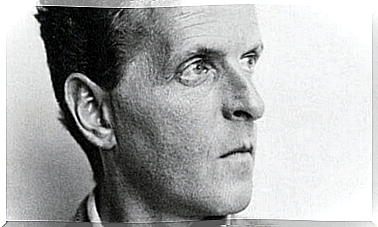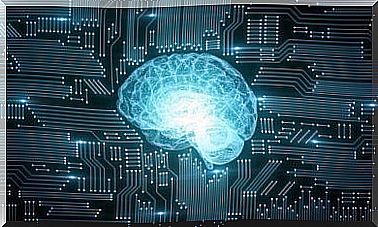The Charles Bonnet Syndrome

Of all our senses, probably the most important is sight. Our whole world is shaped by our ability to perceive the environment through images. For this reason, vision-related diseases are particularly worrying and every year a lot of resources and energy are dedicated to their prevention and treatment. We already know many of these diseases; problems such as myopia, astigmatism and cataracts are quite common. However, there are also many other vision disorders that are not as well known. Among them, one of the most unique is the Charles Bonnet syndrome.
In this article we will find out what Charles Bonnet syndrome consists of, but we will also analyze everything we know to date about its causes and the different interventions that have developed to remedy it.
What is Charles Bonnet Syndrome?
This vision disorder is one of the least known and understood among all those that exist. It is characterized by the onset of visual hallucinations in subjects who are experiencing a decline in vision.
In general, therefore, it occurs in patients with problems such as cataracts or glaucoma; or in those who have suffered from problems in the visual areas of the brain.

The hallucinations that occur in Charles Bonnet syndrome are very vivid and realistic. However, unlike other disorders in which similar situations arise, patients know perfectly well that what they are seeing is not real. This is why it differs from problems such as schizophrenia or the consumption of toxic substances.
Hallucinations appear in people whose only health problem is vision. To diagnose Charles Bonnet syndrome, it is necessary to have ruled out the presence of dementia, mental disorders or any type of intoxication. Furthermore, vision problems occur mainly in the elderly and, therefore, this disorder is particularly common in this segment of the population.
Characteristics of hallucinations
Hallucinations caused by Charles Bonnet syndrome are very varied. However, they share a number of characteristics in common:
- When they occur, the subject is perfectly aware of what is happening. He knows what he is seeing is not real.
- Hallucinations merge with normal perceptions. Instead of completely replacing reality, the images overlap what one would see in the absence of the disturbance.
- They appear and disappear randomly. As a result, it is very difficult to identify a clear cause for the changes or determine an underlying trend.
- Patients often feel surprised, but they are almost never afraid of what they see.
- They tend to occur in stressful situations or when there is sensory overload or a lack of major stimulation.
- They present themselves more vividly than reality. While the rest appear confused, the hallucinations are seen very clearly. This is due to the fact that Charles Bonnet syndrome appears only in people with visual defects.
Causes and treatment
Medicine is not yet able to explain exactly why Charles Bonnet syndrome occurs. It has not been possible to find a single cause that allows us to understand the reason for the hallucinations. Nonetheless, there are various theories that try to shed some light on this disorder.
The most accepted to date is the so-called neuronal deafferentation theory. According to its proponents, this syndrome appears because the neurons in the brain have stopped receiving the levels of stimulation they were used to. As a result, they would become much more sensitive to all external stimuli and, in some cases, might even make their own.
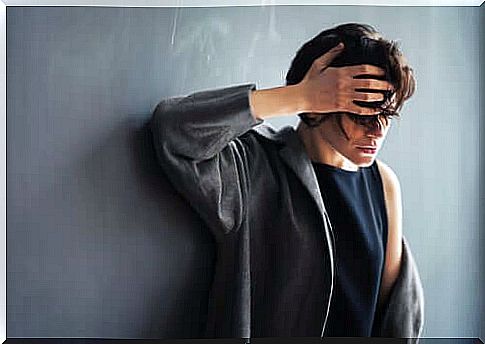
As for the treatment, there is no drug that is totally effective against this vision disorder. For this reason, doctors generally cope with the syndrome more palliative than curative.
On the one hand, the primary task of the healthcare professional is to inform the patient about what is happening to him. We consider that many of them may experience distress when they begin to perceive a parallel reality. Therefore, the doctor must explain that it is a vision disorder and that, by keeping it under control, the risks can be minimized.
After that, the most common approach is to try to resolve the vision disorder. In most cases, it has been shown that operating the patient to restore some of his visual acuity makes hallucinations disappear.


